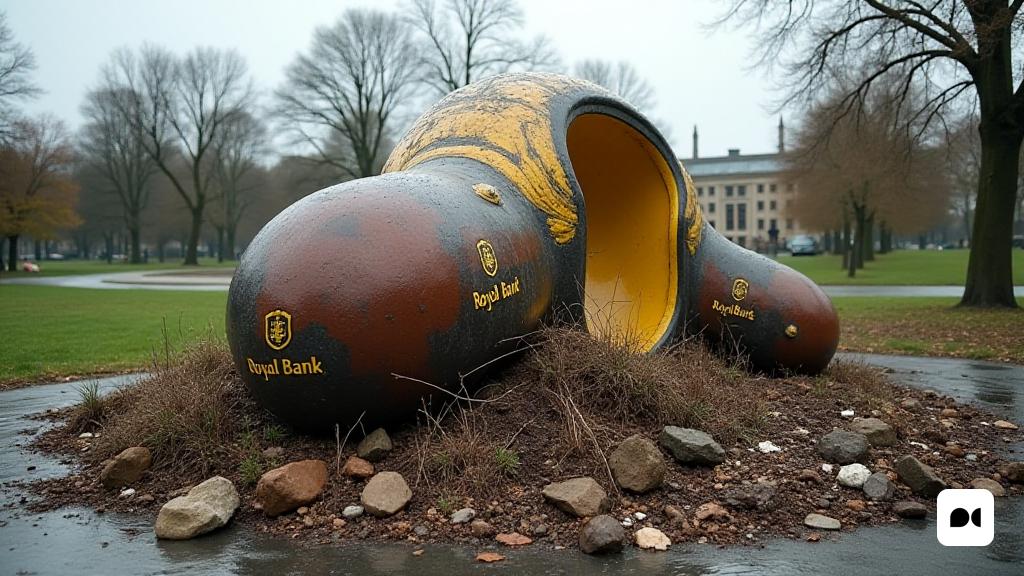A Hidden Gem Rediscovered
Once a centerpiece of joy at Glasgow’s Garden Festival in 1988, the Children of Glasgow fountain was recently unearthed from beneath a mound of debris in Bellahouston Park. This serendipitous discovery reignites the conversation around the preservation of Glasgow’s cultural artifacts.
Historical Significance of the Festival
The Garden Festival, inaugurated by royalty, not only brought millions to the city but also marked a pivotal moment in Glasgow’s cultural renaissance. With a staggering 4.3 million visitors over its five-month span, it set the stage for Glasgow’s transformation into a vibrant urban destination.
The Fountain’s Artistic Legacy
Designed by renowned artist Michael Snowdon, the fountain was a symbol of the festival’s commitment to creativity and public art. However, as time has passed, many of these artistic treasures, including the fountain, have been lost or forgotten, raising concerns about the city’s commitment to its artistic heritage.
Calls for Restoration and Public Engagement
The recent discovery has galvanized local historians and enthusiasts, such as Lex Lamb, who runs the After the Garden Festival website. They are advocating for the fountain’s restoration and reinstallation in a prominent public space. Paul Sweeney, an MSP passionate about heritage conservation, has expressed his desire to see the fountain return to its original grandeur.
Voices from the Community
Local journalist Paul English, who stumbled upon the fountain, remarked on its dismal state, comparing it to trash rather than a treasured artifact. His sentiments echo the frustrations of many who feel that such cultural symbols should be cherished and displayed, rather than left to decay in storage.
The Broader Implications for Glasgow’s Heritage
The fountain’s neglect is emblematic of a larger issue concerning the fate of public art in Glasgow. Other festival relics have been lost to time or relocated far from their original sites, sparking a wider conversation about the importance of preserving the city’s artistic legacy for future generations.
A Call to Action
As Glasgow continues to evolve, there is a collective hope among citizens and advocates alike that the Children of Glasgow fountain can be restored and returned to a place of honor. This could serve as a powerful reminder of the city’s rich cultural history and its ongoing journey towards revitalization.
Looking to the Future
While Glasgow City Council currently has no plans to reinstall the fountain, the conversation around its restoration highlights the community’s yearning for a connection to its past. As nostalgia for the festival grows, so too does the desire to celebrate and preserve the city’s vibrant cultural identity.

